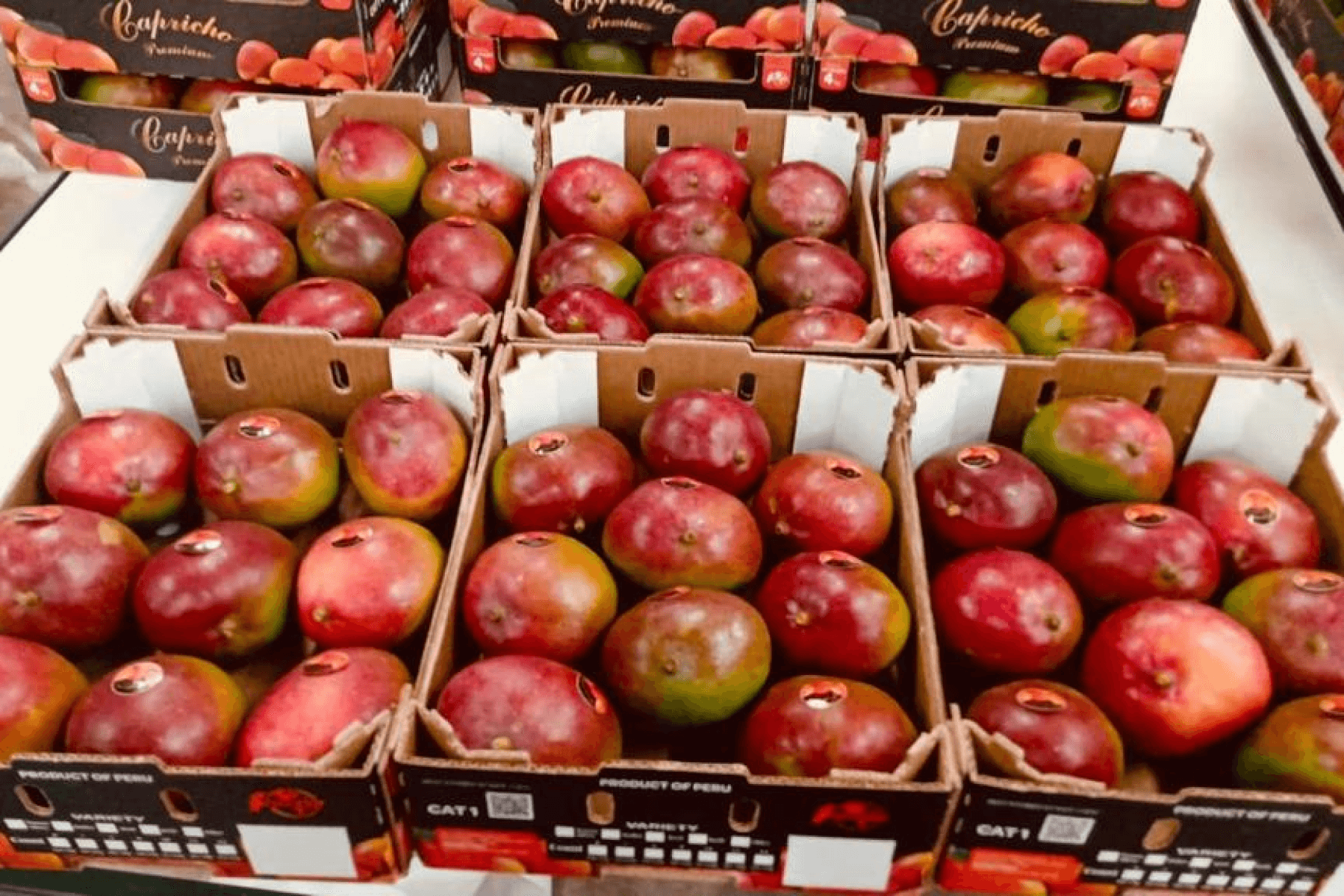Start your search here

Increase in exports in Mango
The mango industry wants to put cold cloths in the face of the sharp rise in exports of the fresh fruit. Right at the midpoint of the campaign that began in October 2022, Juan Carlos Rivera, managing director of the Peruvian Association of Mango Producers and Exporters (APEM), points out that he expects single-digit or zero growth for the 2022 campaign. /2023, compared to the 235,000 tons of the previous one.
Destination markets overview
Of the list of destinations for the current campaign, the main ones have been the United States (41% participation) and the Netherlands (34%). Although they are the usual places, this season stands out because Malaysia and South Africa have joined the list, as a result of the sanitary and phytosanitary measures that the National Agrarian Health Service (Senasa) has managed to implement in the export processes.
“Europe concentrates 48%, the United States 44% and 8% are other destinations such as Korea, Canada, New Zealand,” Rivera points out, pointing out that they are making attempts to open up new markets, such as Singapore, which already It has phytosanitary access, but the commercial issue remains to be specified. “There are also other interesting markets, such as Thailand, Vietnam or Malaysia, even though they are mango consumers, we are in counter-season, that is, there could be a chance to start exporting there,” he adds.
He also recalls that they continue to work with Senasa to ensure that mango irradiation is accepted in the United States. As is known in this important market, mangoes undergo a hydrothermal treatment to guarantee that they are free of fruit fly larvae, a pest considered a quarantine by the Sanitary Surveillance Service (APHIS).
“So, if we manage to get the United States to accept irradiation at the destination, it is certain that the Peruvian mango will arrive in a better quality,” Rivera points out, making it clear that USDA APHIS has been consulting Senasa, so that it can be achieved. who accept this treatment in the short term.
Source: Redagrícola

Subscribe
Thanks for subscribing
Other articles
- Wholesale markets recorded the entry of more than 11,000 tons of food
- Ancashino district of Moro will lose up to 60% of its avocado and mango crops
- Transform our food systems
- Peruvian Mango shipments to Chile reach 2,000 tons
- Qali Warma served 187,945 students from 3,749 educational institutions in the Junín region in 2022
